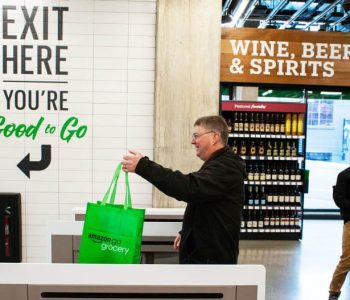 E-commerce
E-commerce
THE EVERYTHING TOWN IN THE MIDDLE OF NOWHERE
Arbitrage situations are often exploiting inefficiencies as noted here between brick-and-mortar retailers and Amazon. Per the quote below, its difficult to not wince at the negative impact shipping goods around as much as these do. The bigger insight is how much slack the Amazon seller model has vs. traditional retail. Storage limitations aside, I have a lot more inventory exposure running a few stores regionally than with Amazon’s global reach and their ability to optimize logistics. Yet another way the traditional small retailer struggles to compete. However, opens up many new “small business” opportunities as noted below.
I’m not a believer in the zero-sum automation/digital story that some put forward. Each industrial revolution has been disruptive to large swaths of jobs but created many new ones. The important part is providing the training, low-interest loans and other support to transition people…or, as noted in the article, they’ll do it themselves. SBA is important here.
“I’m basically moving inventory from one warehouse, to my fulfillment center, and then to Amazon to a third fulfillment center, and then to finally being sold to some customer at the end point,” says Chris Grant, a seller based in Orlando who just contracted with a prep center in Montana. “Which when you kind of take a 50,000 foot view of it, it kind of seems really inefficient.”
https://www.theverge.com/2019/11/14/20961523/amazon-walmart-target-package-delivery-sales-tax-montana-roundup







